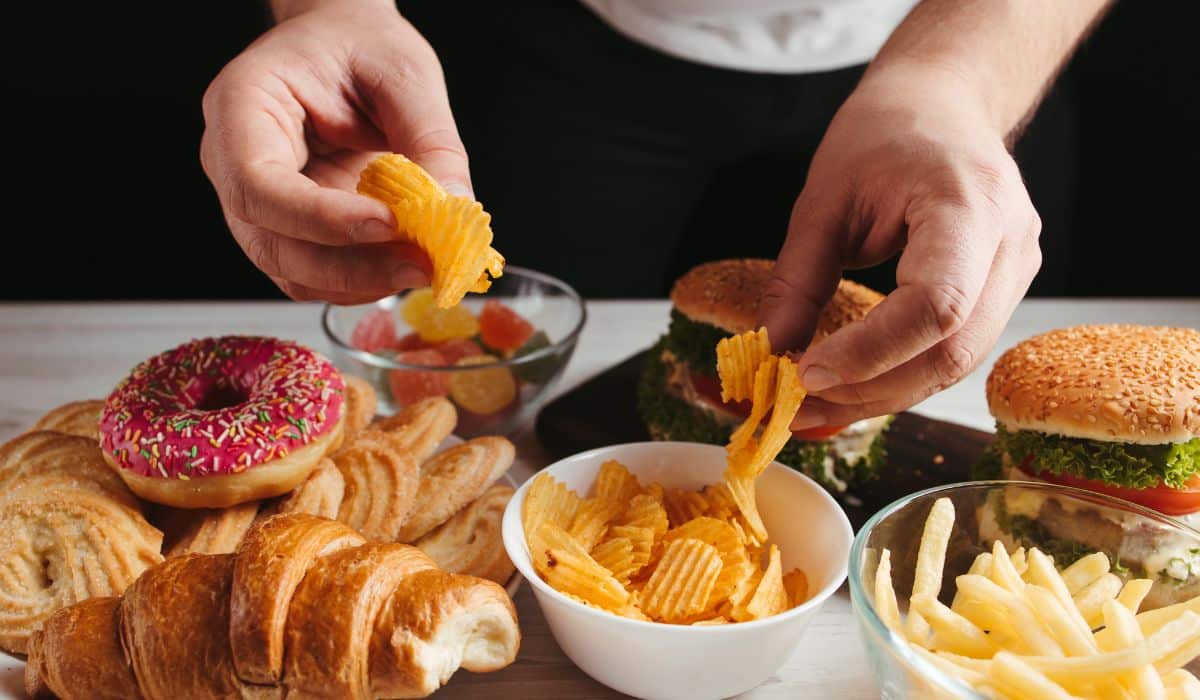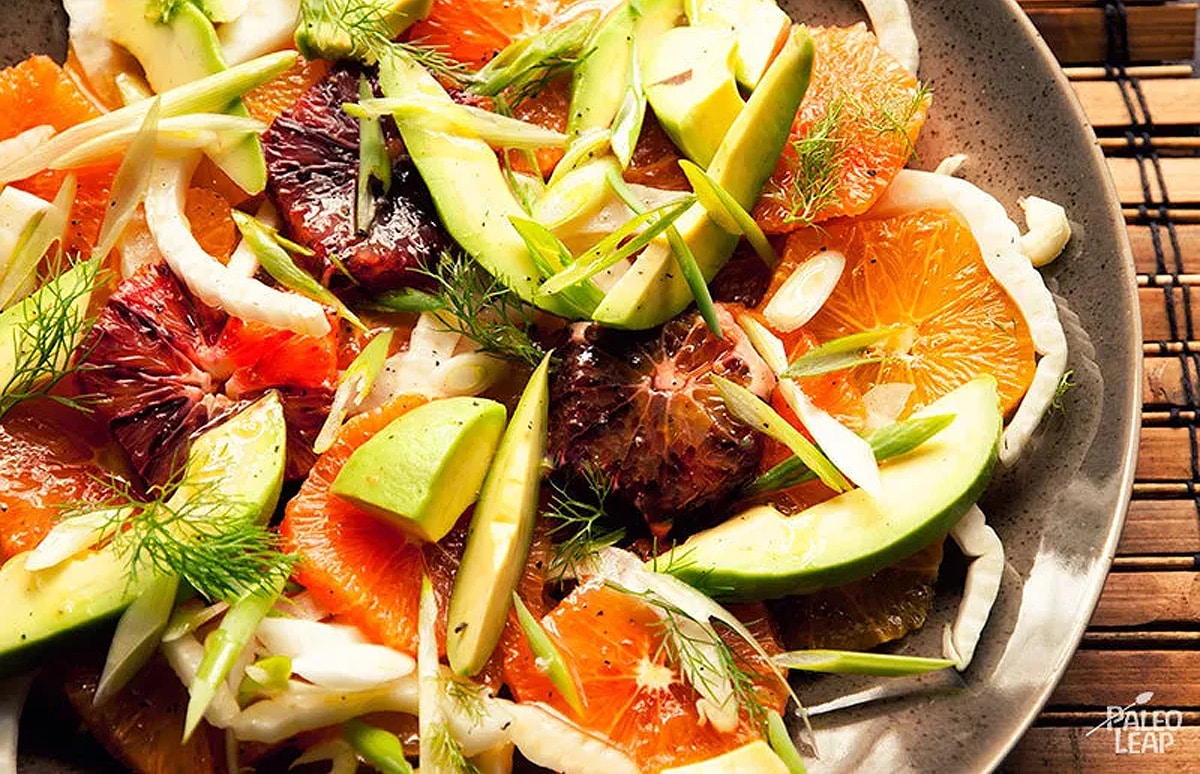
Have you ever been trying to resist some kind of junk food, but you just couldn’t stop your mind from wandering back to it? For a lot of people, really delicious food has a way of hooking its claws into your brain and inexorably dragging your attention back every time you try to focus on something else. But that response isn’t equally strong for everyone – and in particular, that feeling of being helplessly pulled towards sugar (or your other junk-food weakness) isn’t universal and it’s not inevitable.
For some people, food (especially junk food) grabs their attention right away. This is most famously true in people with obesity, and people with a stronger attentional response to food are more likely to become obese later in life. It’s also true in people with eating disorders. On the other hand, some people are much less vulnerable – even the tastiest of junk food just doesn’t grab them that way.
If you’re trying to stick to a Paleo diet, the second group is probably where you want to be! Living in the first group is really tough, especially when there’s junk food (and ads for junk food) everywhere you look. So here’s a look at how a typical American diet actually changes your brain to drive attention towards junk food, plus 3 strategies that you can use to get out of that cycle.
How Hyper-Rewarding Food Rewires Memory and Attention
The short version: most modern junk food is engineered to be too much for your brain to handle. A diet full of high-fat/high-sugar junk food rewires food-related memory and reward in ways that draw your attention more strongly to junk food and make it harder to focus on other things.
For the detail hounds, this review explains how it works. Memory and attention are related. When humans eat something delicious, we remember how good it made us feel. On a subconscious level, that memory motivates us to pay attention to the food the next time we see it. This is reinforced every time we eat the food again and make a stronger memory of how delicious it is.
As the review goes on to explain, most of today’s junk food is a super-stimulus. It’s specifically designed to push our buttons too hard, which makes us desensitized to normal stimuli (if this is interesting to you, here's some more on hyper-stimulating food, and a good book is Fat, Sugar, Salt, by Michael Moss). Now it’s harder to make memories about normal food – the only thing really appealing is the extreme reward from the junk food. So eating a lot of junk food strongly ingrains memories that direct your attention toward more junk food.
And it gets worse. In theory, it’s absolutely possible to make different memories and rewire those memory-attention pathways. The hippocampus, where memories are formed, is actually one of the few brain regions that can create completely new neurons into adulthood. But eating a lot of junk food makes this process harder by causing inflammation in the brain and chronically high blood sugar. Inflammation and high blood sugar damage neurons and reduce synaptic plasticity, your brain’s ability to make new memories.
So a high-junk diet is double trouble.
- It overwhelms the brain’s normal processes for making memories about delicious foods.
- It causes physical damage to neurons, making it harder to rewire those memory pathways.
“Stop eating junk food” clearly isn’t a solution when eating junk food makes it really hard to stop eating junk food. So after that lengthy introduction, here are 3 strategies you can use to help rewire your memory/attention response to junk food while you’re trying to eat well.
1. Attention Training
This study found that simply training people to pay attention to healthy food actually changed the way they directed their attention and – even better – influenced their eating behavior. The researchers divided college-age women into two groups:
- “attend healthy:” instructed to pay attention to pictures of healthy food and ignore pictures of unhealthy food.
- “attend unhealthy:” instructed to pay attention to pictures of junk food and ignore pictures of healthy food.
All the women looked at a computer screen and saw two pictures: one of junk food and one of healthy food. They had to pay attention to one or the other, depending on which group they were in. At the end of the study, all the women got some healthy snacks (fresh fruit, mixed nuts) and some junk food (M&Ms, potato chips). The women in the “attend healthy” condition paid more attention to the healthy snacks and ate more of them (and less of the junk).
If you’re a fan of Instagram, this is great news. Fill up your feed with pictures of delicious healthy food and enjoy. You can even use it just walking around – when you see a massive billboard hawking pizza or whatever, deliberately redirect your attention to something else. Don’t fixate on the junk food, not even in a negative way (like thinking about how bad it would be for your health). Instead, train yourself not to focus on it.

2. Flavonoids
Another strategy is eating a diet high in flavonoids. Flavonoids are a group of antioxidants found in fruits, vegetables, tea, and wine. This review discusses dietary flavonoids, synaptic plasticity, and human memory. The review goes over a lot of evidence that flavonoids help improve neuron regeneration and synaptic plasticity, making it easier to learn new things and modify memories (like, say, training your brain to stop being so hyper-responsive to junk food).
Interestingly, the review actually found that the antioxidant action of the flavonoids isn’t the reason why they’re helpful for memory – instead, it’s all the other ways that they act in the brain (for example, they interact with other proteins in the brain to reduce inflammation, which is great because inflammation is one of the big reasons why junk food is dangerous to brain health). Flavonoids also increase levels of brain-derived neurotrophic factor (BDNF), a key neurochemical for synaptic plasticity.
If you’re trying to rewire some food-related memory/attention pathways, dietary flavonoids are probably a good bet because they help repair the neuronal damage caused by previous junk. Green and black tea in particular are great sources.

3. Exercise
Another secret weapon for rewiring your brain: exercise. Lots of different research groups have found that exercise increases BDNF levels and improves synaptic plasticity. Again, increasing synaptic plasticity makes it easier for you to build new memory-attention pathways (or break down the ones that you don’t want). If junk food gets your brain stuck in a rut of cravings, then increasing synaptic plasticity helps you get out of that rut.
Several studies have shown that exercise can make junk food less compelling and attention-grabbing. Here’s one: the researchers tested overweight and obese subjects before and after a 6-month exercise intervention. After 6 months of regular exercise, their brains showed a reduced response to pictures of junk food.
This is one more example of exercise helping with weight loss for reasons that have nothing to do with burning calories.
Summing it Up
A lot of people really struggle with how strongly their attention is drawn to junk food. And we live in a world where temptation is everywhere – you can’t leave your own house without being barraged with ads for junk food, all of it dressed up to look as delicious as possible. If that type of thing really grabs your attention, it can be very hard to stick to a Paleo eating plan.
At a certain level, humans are biologically hardwired to pay attention to food. But hyper-stimulating modern junk food overwhelms our natural memory and attention pathways and directs our attention to junk food in a way that’s hard to break. Several studies show that training yourself to redirect your attention, getting enough dietary flavonoids, and getting enough exercise can help – those would probably be good add-ons to a Paleo diet for anyone struggling with the siren call of hyper-processed junk demanding their attention.





Leave a Reply